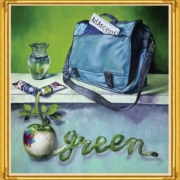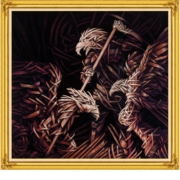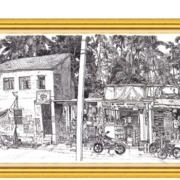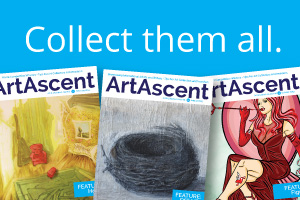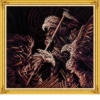Alternative markets: An introduction to art brut and self-taught art
These days, it seems everyone is talking about the art market, as celebrities try their hands as curators and even past political figures put paint to canvas. From the staggering auction prices to the ongoing social to-dos of the art fair, the art market has created a verifiable social subset and cultural scene.
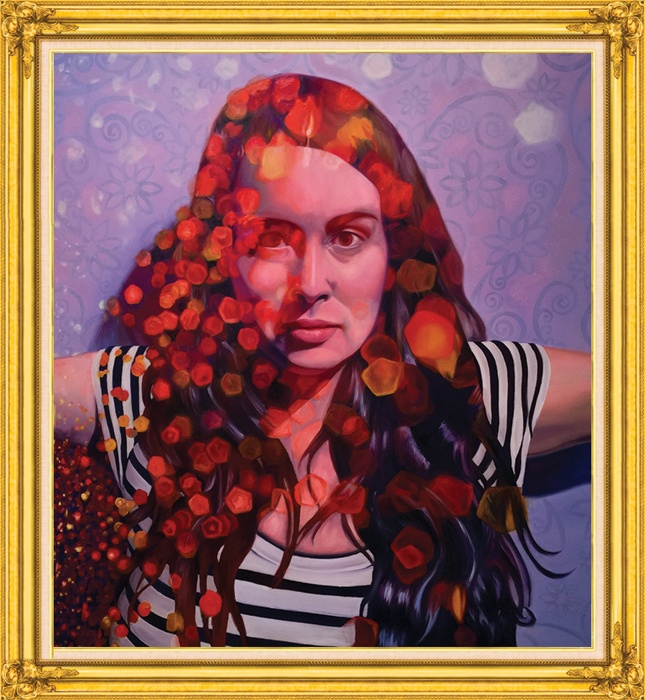
However, as prices continue to soar, more and more people are looking to alternative art markets to acquire original art from notable artists at prices that are more attainable (a relative term if ever there was one). Some markets focus specifically on one medium, such as prints and reproductions, while others, like the art brut or outsider art market, are defined by the context in which the works are created.
Art brut, or outsider art as it was presented to the American market in Roger Cardinal’s seminal 1972 work, has long been celebrated in Europe, but has become much more popular in recent years in Asia and North America as an emerging market, both as a subset of contemporary and modern art and as a category within itself. It is typically defined as the artwork of individual creators who are removed from mainstream society and traditional art influences, such as individuals with mental illness or those who are imprisoned.
Folk art, while often being grouped under the outsider umbrella, has a bit more of a history as an established market. Different regions around the world have tangible objects that represent a socio-cultural history, whether they are sold to tourists as trinkets or collected in major museums. However, scholars in both folk art and art brut are quick to distinguish what actually differentiates the two on a technical level; folk art is intrinsically tied to an audience and the inherited processes of a community, whereas the outsider artist is celebrated for his or her individual process of creation, unique to his or her idiosyncrasies.
While certain examples of regional folk art have been demoted to kitsch, there has been a move in the last century to incorporate this artwork under a fine art umbrella. Starting in the early 20th century, modern artists looked to “primitive” forms of artwork found in regions considered “tribal,” but the surrealists were really the first major group of art historical figures to champion art brut.
In some ways, surrealism is known for its distortions and otherworldly representation, but the surrealists were actively looking to represent an inner man, and turned to psychoanalysis and psychiatry as fields for inspiration. While not associated with surrealism, Jean Dubuffet was a contemporary and friend to many of the most notable artists of the time, and it was through them that he became aware of art being created in psychiatric institutions.
For the rest of his life and career, Dubuffet devoted his efforts to collecting and promoting artists living in institutions from all over Europe, and he established the Collection de l’Art Brut, which is currently located in Laussane, Switzerland, and remains the preeminent resource for art brut.
It makes sense then, that in some markets, the work of patients or eccentrics that inspired modern and surreal artists is now being featured alongside those works both in exhibitions and in auction houses. As prices continue to rise for modern masters, there is a definite move toward finding alternatives for both investment purposes and to acquire original work. Auction houses around the world, from Christie’s in New York to Tajan in Paris, now feature some of the best examples of art brut, both in dedicated sales and in larger regional or modern sales. This work continues to hold appeal both for its raw nature and for its expression of unfettered creativity.
By Rachel Cohen, LCAT, ATR-BC
Pictured above (frame excluded):
A Little Glitter Never Hurt by Whitney Trisler Causey

